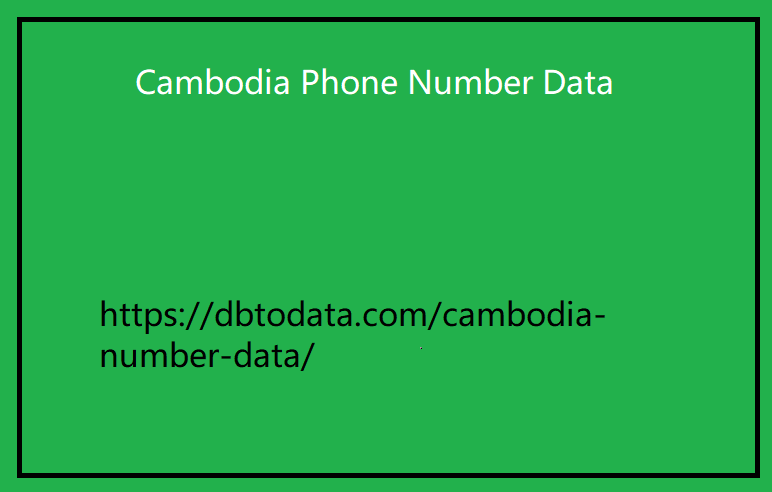|
|
To summarize, the Hummingbird algorithm is an algorithm designed to provide the most relevant answers to keywords searched by people, and is an algorithm designed by Google to ultimately lead to improved user satisfaction. 2.2 How the Hummingbird Algorithm Works The Hummingbird algorithm does not aim to penalize spammy sites or content. The goal of this algorithm is to provide improved results by understanding the intent and meaning of the query behind the search. The biggest feature of the Hummingbird algorithm is that it accurately understands the user's search intent. Previously, search results were displayed by matching the user's search keywords. For example, let's say you search for 'Seoul restaurant recommendations.' Before the Hummingbird algorithm, search rankings were displayed by identifying various elements among web documents created by combining the keywords 'Seoul', 'restaurant', and 'recommendation'. The method was to compare keywords and search results and display matching items on the top page.
Therefore, negative methods such as ‘keyword stuffing’, which involves indiscriminately inserting keywords, also Cambodia Phone Number Data became prevalent. However, since the Hummingbird algorithm was released, the keywords above can appear at the top of searches even if they do not appear directly in the title, description, body, or meta keywords. This is because it identifies synonyms and similar words and exposes the sites with the highest response in search rankings. So, how do we determine search intent? We use data such as search logs, responses from social media and search engines, and website referral links. In this way, we leverage data to understand the meaning of entire queries rather than specific words. To summarize, the Hummingbird algorithm shows search results that match the meaning rather than results that match the searched keyword. 2.3 Knowledge search and meaning search To understand the Hummingbird algorithm, it is recommended to be familiar with the concepts of knowledge panel and semantic search. A knowledge panel is an information box that appears on Google when you search for people, places, organizations, things, etc. on the content Google understands, allowing users to quickly understand the information.

Knowledge panels are automatically created and display information based on a variety of sources from across the web. For reference, if the searched keyword has more than one meaning, both are displayed in the search results. On the other hand, semantic search provides users with the information they want by understanding the overall context. When searching for 'apple pie', the user's intent is identified, such as whether it is an apple pie recipe, what ingredients are used, and whether there is an apple pie store nearby. And this is how we provide all information tailored to this. 3. The impact of the Hummingbird algorithm The implications of the Hummingbird algorithm for us are clear. What this means is that Google no longer relies solely on keywords matching search terms; it also identifies which words are important in the query and which are not.
|
|
 |心起点设计|Archiver|手機版|自動贊助|大连瓦房店老虎屯区域论坛
|心起点设计|Archiver|手機版|自動贊助|大连瓦房店老虎屯区域论坛